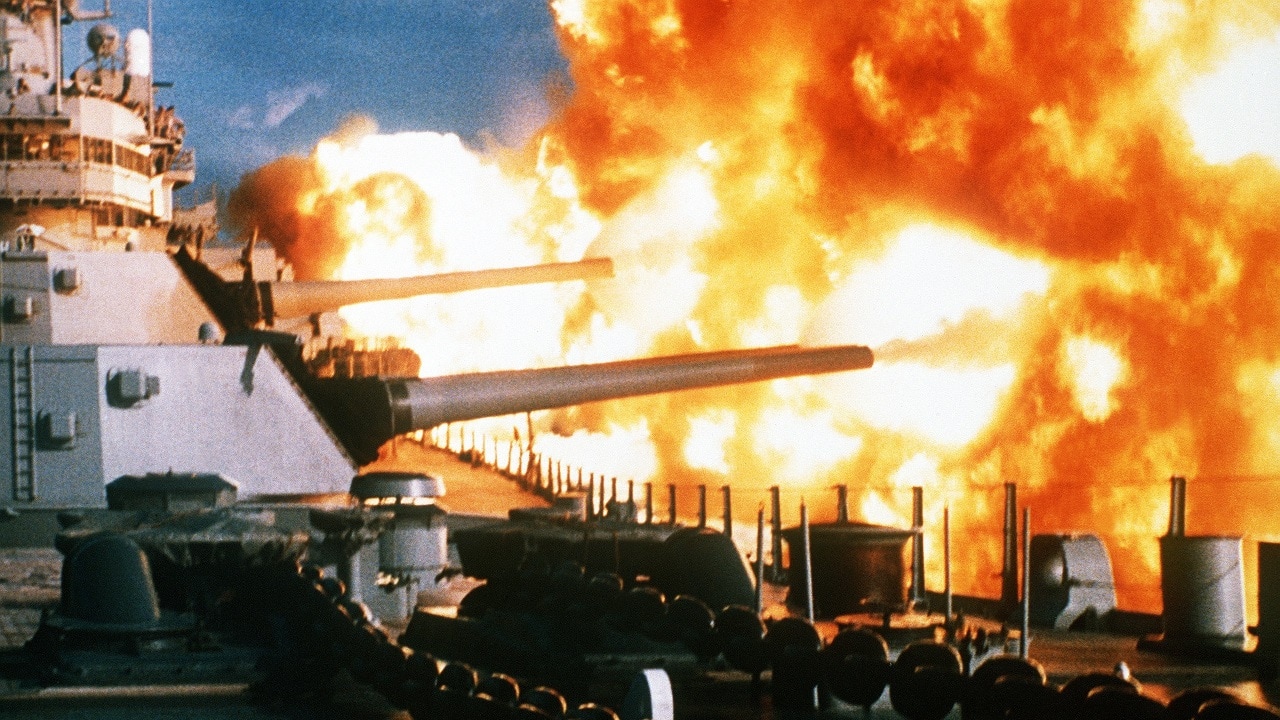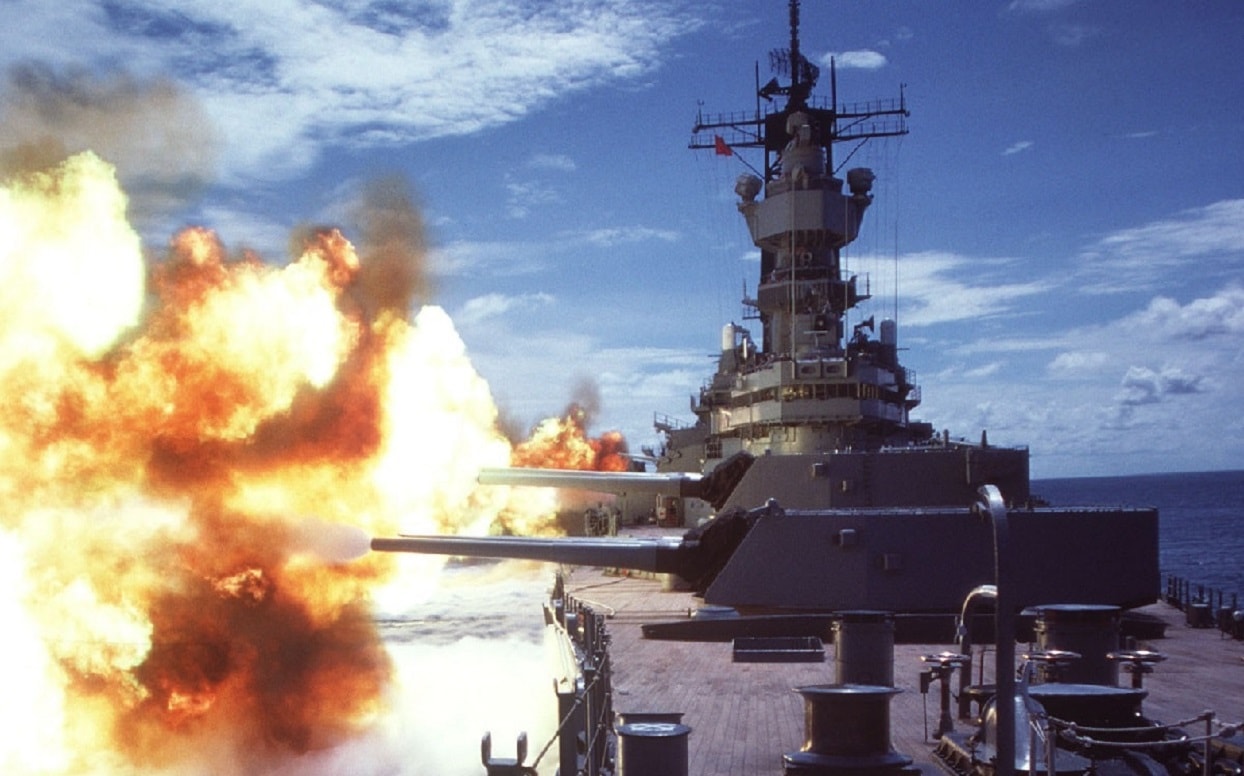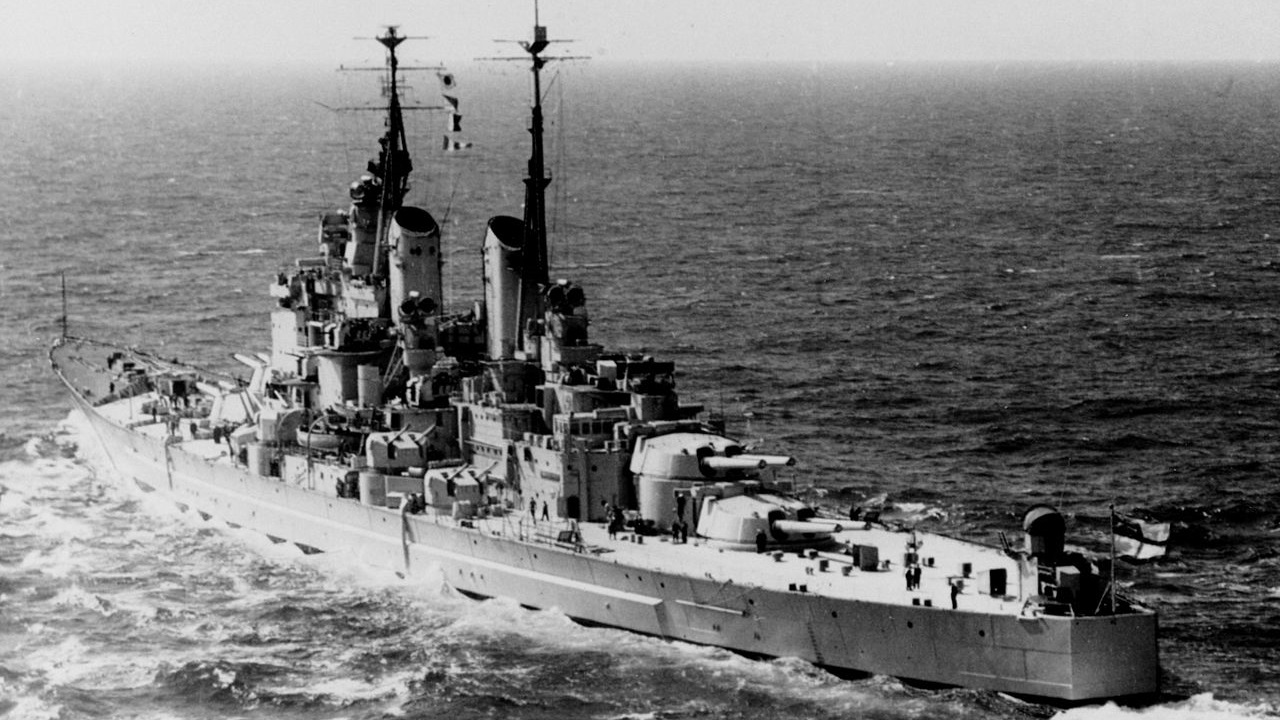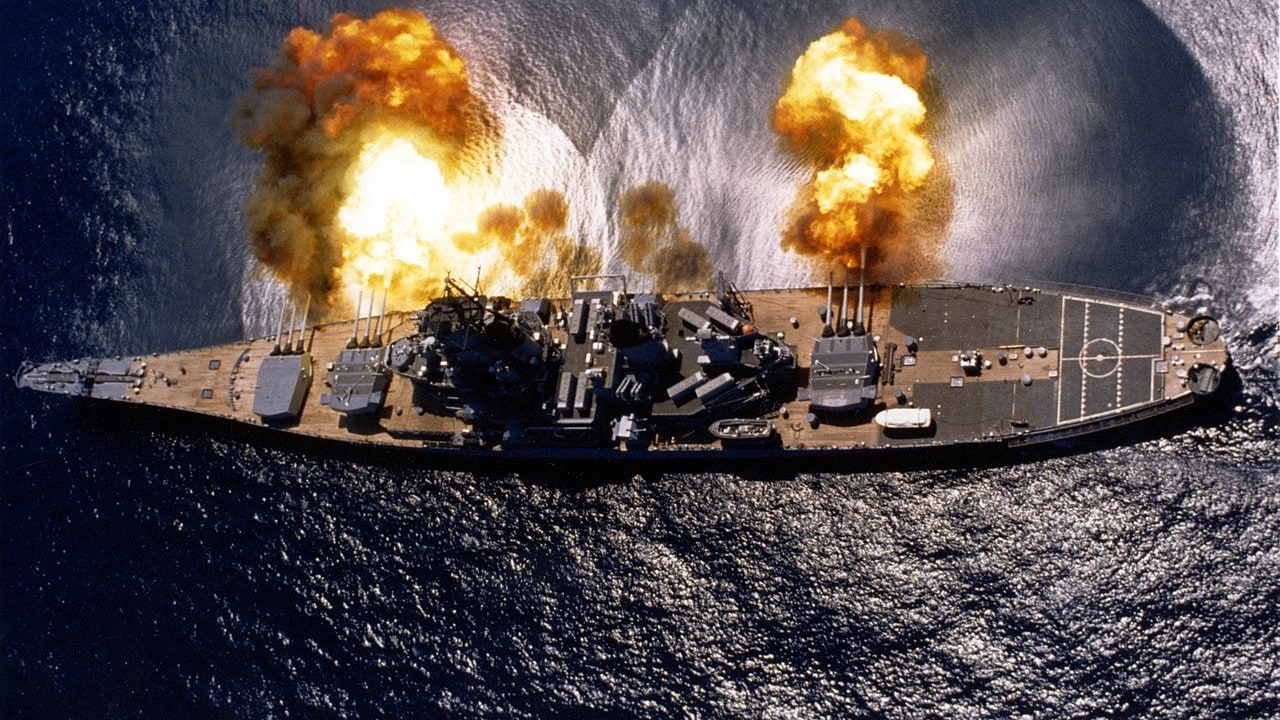Key Points and Summary: Battleships, once symbols of naval power, were gradually rendered obsolete by technological advancements.
–The rise of aircraft carriers during World War II, with their ability to strike at long ranges, marked the beginning of the end.
–Submarines and the development of anti-ship missiles further eroded the battleship’s dominance.
–While the Reagan administration briefly reactivated Iowa-class battleships in the 1980s, they were ultimately decommissioned, replaced by carriers as the flagships of naval fleets.
–The era of battleships dominating naval warfare, characterized by close-range gun battles, was replaced by long-range engagements, making these behemoths vulnerable and ultimately, outdated.
From Dreadnoughts to Dinosaurs: The Demise of the Battleship
Once the mighty and highly visible “big hammer” of the US Navy, the big battleships that were brought out of mothballs and made operational again in the 1980s are no longer in service.
Four ships of the Iowa (BB-61)-class had been returned to active service during the Reagan administration buildup to bring the Navy up to a 600-ship fleet. However, all were stricken from the NVR on 12 January 1995 as part of the post-Cold War build-down.
This was their proverbial last hurrah. The final time that a massive battlewagon with the biggest deck guns in the world would ride the waves in confrontations with America’s enemies.
Constrained by not being able to build a capital ship that was too large to pass through the same Panama Canal, the Iowa-class ships were not the largest ever built – just the most famous.
The largest-ever battleships were instead the Yamato and Musashi of the World War II Imperial Japanese Navy (IJN) fleet – the heaviest and most powerfully armed warships ever constructed at almost 72,000 long tons.
Could such ships ever make one last comeback?
Weaknesses of the Battleships
But as formidable as they were, all ships in this class would suffer from the two major weaknesses that doomed the battleships to obsolescence.
One was that their survivability was increasingly receding as technological advancements impacted the design of weapons.
Weapons that were smaller, more affordable, more practical, efficient, and capable of delivering ordnance at far greater ranges.
The second was these weapons would change the nature of modern naval warfare. The long, drawn-out engagements at sea – like the two-day-long Battle of Jutland would become relics of the past.

The Iowa-class battleship USS New Jersey fires at positions near Beirut on 9 January 1984 during the Lebanese Civil War.
Famous WWII sea battles like Midway would demonstrate the new dominance of naval aviation to deliver decisive blows in a series of rapid strikes.
A series of air-to-surface engagements lasting minutes would now decide battles and not hours of gunplay.
Warfare at sea became a proposition beyond visual range.
The extended ranges and ability of naval aircraft to carry ordnance that could destroy the large ships ended the pre-dominant role of the battleship before the war was even over.
Rather than being used as the spear’s point to attack an enemy fleet, battleships became floating artillery emplacements that could bombard enemy coastal positions in preparation for an amphibious landing.
The plethora of anti-aircraft guns on board these ships were also used as one of the main components of an air-defense screen to protect carrier task forces. The big dreadnoughts were now relegated to a supporting role or as a defensive measure rather than the lead offensive platform.
A Slow Decline for Battleships
Naval strategists point out that the battleships had become outdated by the year 1921 – before WWII even began. They continued to be used by the US Navy, but increasingly in the secondary echelon functions described above.

Iowa-Class Battleship during World War II. Image: Creative Commons.
The fact that they had outlived mainly their usefulness was not made official until WWII ended.
Big Japanese battleships, feared as weapons of mass destruction before the war began, ended up at the bottom of the sea due to Allied aircraft bombing and the increasingly successful tactics of US submarine warfare in the Pacific.
As battleships were proven to be vulnerable to aircraft and submarines in WWII, they became even more subject to attack and were sunk by more advancements in torpedo technology into the 1950s and beyond.
The age of the long-range anti-ship missile had begun.
After World War II, the US and the navies of other nations continued to operate the battleships still in their fleets.
Still, they were no longer the proverbial big stick that one country’s navy would wave to try and intimidate another. The costs of maintaining them and continuing to upgrade on-board systems to keep them useful were also growing exponentially. Aircraft carriers now took the role of being the flagships of any given Admiral’s task force.

Stern quarter view of the Royal Navy battleship HMS Vanguard (23).
Although it would be decades before they were all finally mothballed, no more battleships would begin construction after the war was over. The only of this type to be commissioned after the war was a ship that had started construction during the war and was too far along to cancel before its completion, Royal Navy’s HMS Vanguard.
She was finished being built only in the late 1940s and was declared outmoded and decommissioned only about a decade later. Made redundant by the advancements of modern warfare.
Sadly, the age of the battleship is over, and there is no way to bring it back, no matter how much wishful thinking we do.
About the Author: Reuben F. Johnson
Reuben F. Johnson is a survivor of the February 2022 Russian invasion of Ukraine and is now an Expert on Foreign Military Affairs with the Fundacja im. Kazimierza Pułaskiego in Warsaw. He has been a consultant to the Pentagon, several NATO governments and the Australian government in the fields of defense technology and weapon systems design. Over the past 30 years he has resided in and reported from Russia, Ukraine, Poland, Brazil, the People’s Republic of China and Australia.

